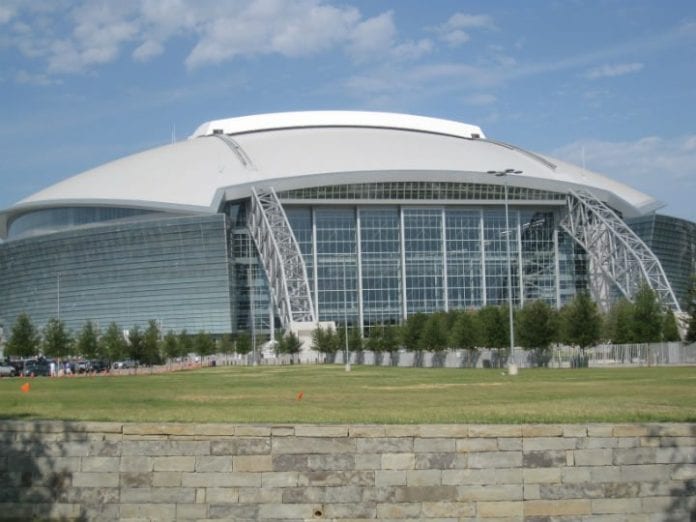MulteFire and Wi-Fi will complement cellular connectivity
For stadium owners and operators, as well mobile service providers, offering guests a premium experience, complete with seamless and robust wireless connectivity in an ultra-dense usage environment, is well worth the investment. But for stadiums, user requirements necessitate more than just cellular.
In a recent blog post, Christian Wagner of m3connect, highlighted the role neutral host MulteFire deployments could support adding capacity in stadium environments. m3connect provides a range of Wi-Fi, digital signage and “guest infotainment” services and is a member of the MulteFire Alliance. MulteFire is an LTE technology that operates completely in unlicensed spectrum.
Wagner wrote that multi-carrier MulteFire small cells create new revenue opportunities for stadium owners and is also a benefit to operators. “The mobile operator wins as they don’t have to deploy DAS or as many small cells in individual stadiums, thereby reducing costs while meeting subscriber demand. And the end user wins as well, getting a seamless experience and being able to share that great goal they just captured on their smartphone. It presents a win-win-win advantage for all.”
Public Wi-Fi networks are also a key feature in stadiums. Boingo Wireless, which is well-known as a Wi-Fi provider in large venues around the world, sees the continued evolution of Wi-Fi, particularly the 802.11ax standard which is designed to increase user throughput by 4x and is optimized for dense deployments, according to company CTO Derek Peterson.
He said 802.11ax will make Wi-Fi connectivity “significantly faster and less congested and we’ll see new features like target wake time scheduling, which will improve battery life. 802.11ax is also making a stride towards a key topic in Wi-Fi: addressing dense deployments. All of these fit well with Boingo’s convergence strategy of deploying hyper-dense networks that deliver a seamless connected experience—whether you’re in a mega stadium, crowded airport, military base or other large venue.”
There’s also a place for 5G in stadiums, which was on display at the recent Winter Olympics in PyeongCheng, Korea. Operator KT worked with partner to use 5G to enable new fan experiences and other applications:
- Sync view provided a real-time, first-person view of events including bobsleigh races.
- Interactive time slice let users watch HD video and choose and change camera angles. Users could also get a 360-degree view of certain events.
- Omni view used 5G as wireless backhaul for live cameras in distant parts of the Olympics venue, giving real-time feeds of events such as cross-country skiing and allowing users to track the progress of the entire field of participants on a digitalized version of the course and switch to live video feeds.
- 360-degree virtual reality reconstructed images so views could get a first-person VR view of events like ice hockey.
- A bus, a mini-bus and a car used 5G for autonomous operation and in-vehicle entertainment services.
Peterson commented, “To meet the demand of a new connected generation—and accommodate applications like IoT, autonomous cars, AR/VR and artificial intelligence—we’ll need all available spectrum and technologies. It’s not a case of 5G or Wi-Fi, it will be a case of 5G and Wi-Fi. At the Olympics a combination of 5G fixed wireless and Wi-Fi was used to deliver coverage inside the moving transport vehicles. This kind of convergence is necessary and will be the norm for many use cases. Other technologies, like shared spectrum and the advancement of solutions like CBRS/OnGo, will also come into play. It’s about deploying the right technologies that will address the right use cases for an optimal connected experience. The 5G world will require network convergence and will involve licensed, unlicensed and shared spectrum.”

